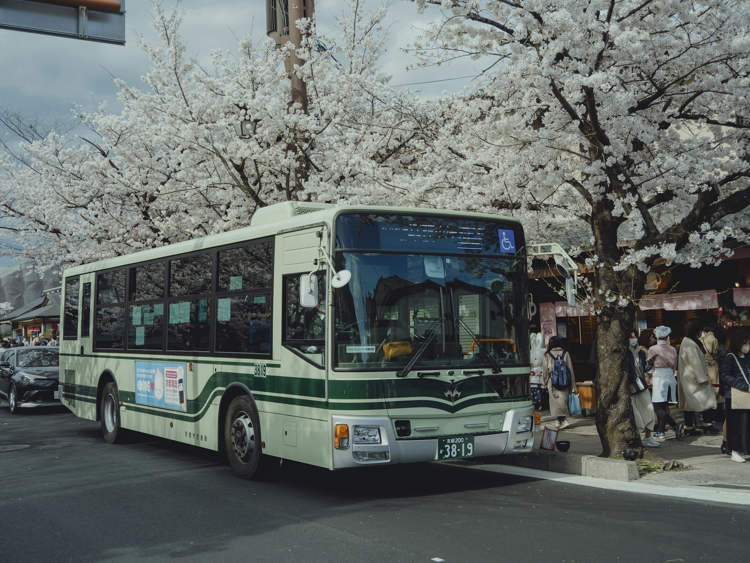Have you ever imagined air so thick that you could literally vacuum the dirt out of it? Well, believe it or not, a Chinese artist has actually gone and done that in a bid to raise awareness about environmental protection. He used an industrial vacuum cleaner outdoors during smoggy days in Beijing and eventually made a brick out of all the dust he collected.
The man, who goes by the name ‘Brother Nut’, said he came up with the idea after he was shocked to read news reports about the quality of air in China’s capital city. So he started a 100-day ‘Dust Plan’, just to show people how dust is affecting their daily lives. He got a 1,000-watt vacuum cleaner that absorbed 100 grams of a mixture of “dust and smog” from the amount of air inhaled by about 62 people in four days.










